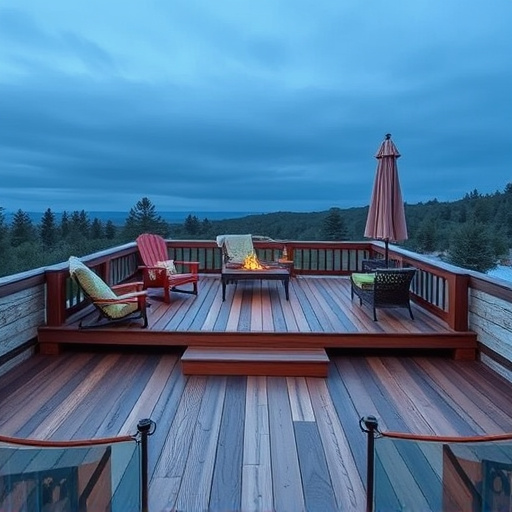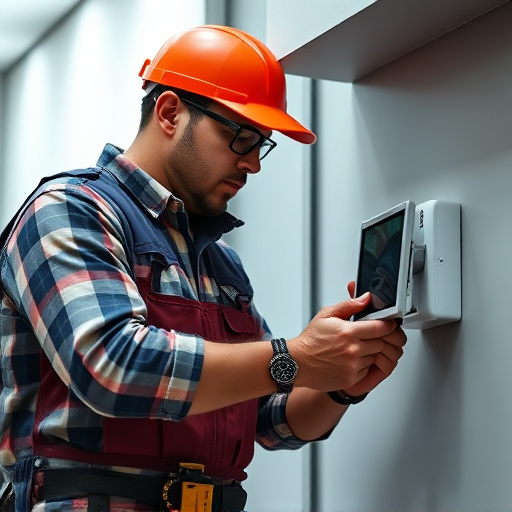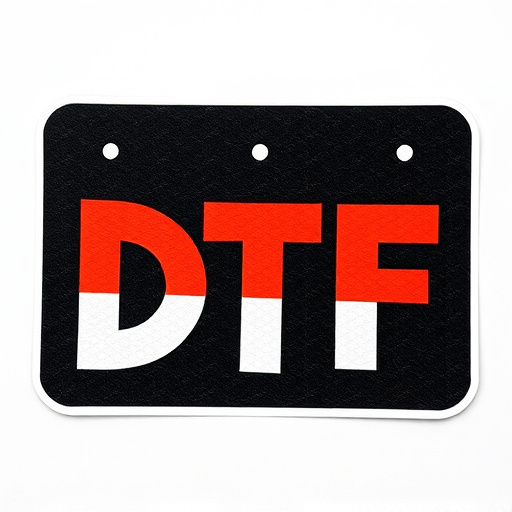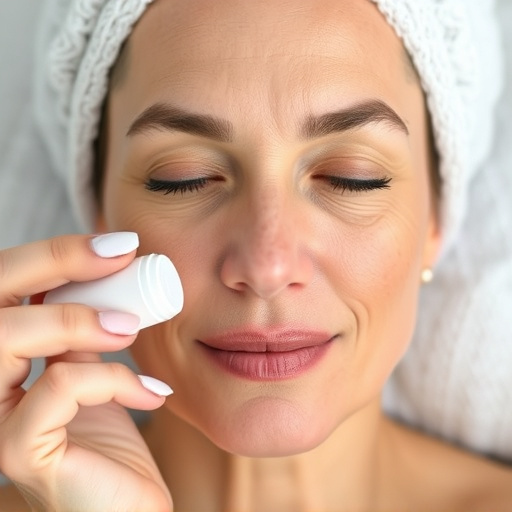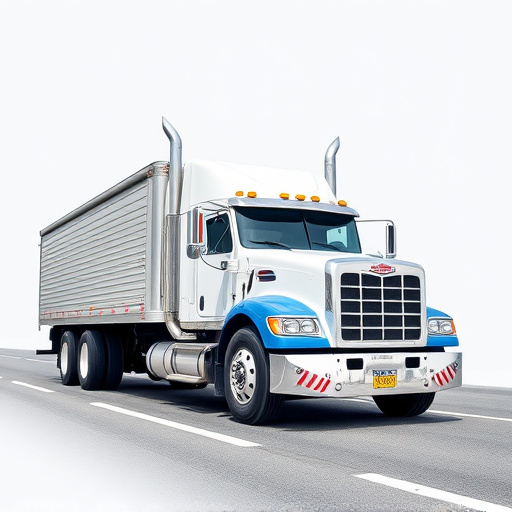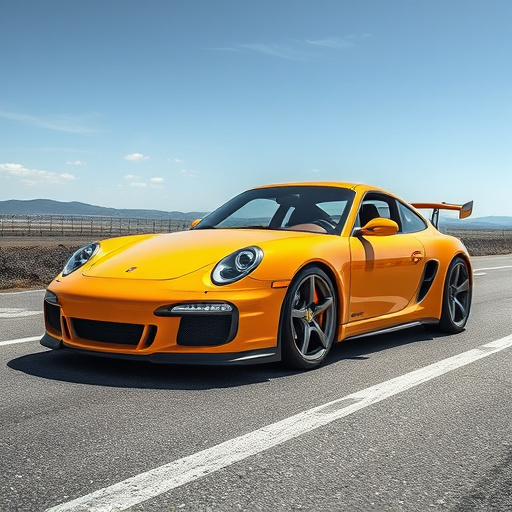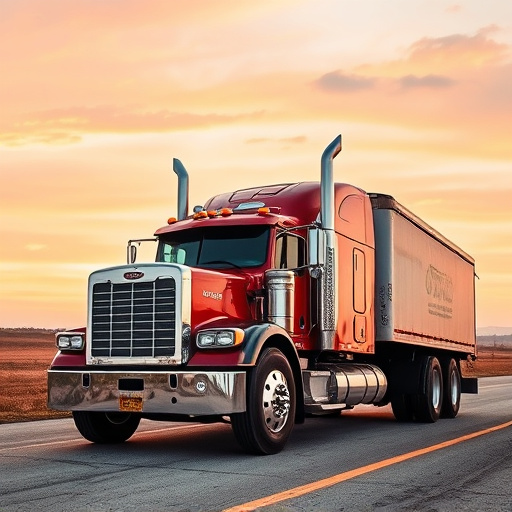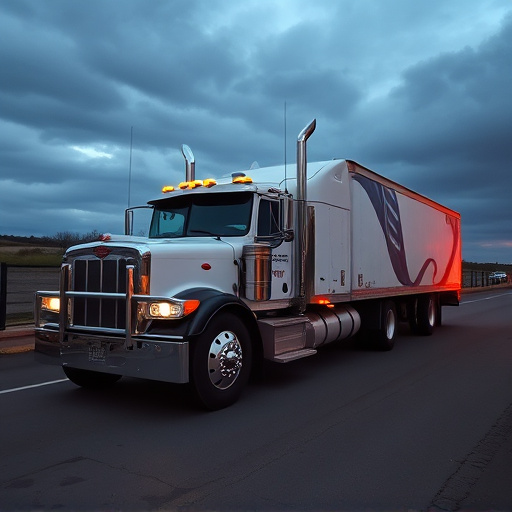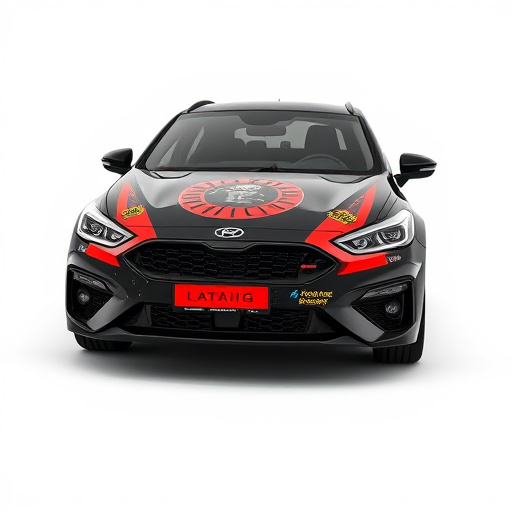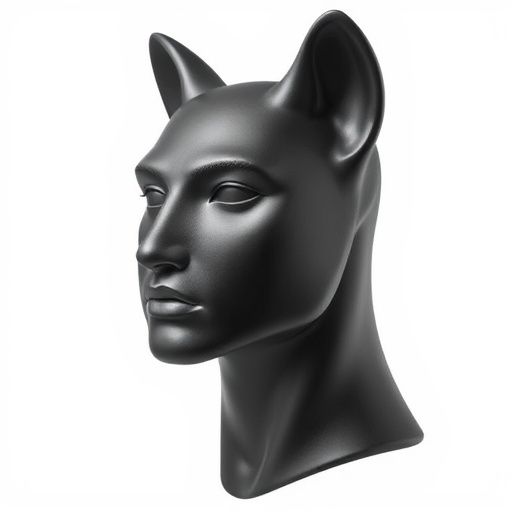Glass ceramic coating, a revolutionary material science advancement, combines the strength of glass and ceramic to create an incredibly hard, scratch-resistant, and heat-defiant surface. Using advanced sputtering techniques, this innovative technology offers UV protection, maintains glossy finishes, and adds extra defense against damage for vehicles, withstanding harsh conditions. Its unique blend of glass and ceramic particles enhances durability, thermal stability, and clarity across various temperatures, ideal for industrial and weather-prone environments. Applied to vehicles or surfaces, it not only provides lasting protection but also outperforms conventional paints. With significant practical applications, glass ceramic coating is used in automotives, architecture, appliances, electronics, and sporting equipment for enhanced durability and performance.
“Discover the transformative power of Glass Ceramic Coating—a groundbreaking material revolutionizing surface durability. This advanced technology offers unparalleled protection for a variety of surfaces, from kitchen appliances to industrial equipment. In this article, we delve into the science behind its exceptional durability enhancements and explore its practical applications across diverse industries. Understanding Glass Ceramic Coating is key to unlocking extended longevity for your most valuable assets.”
- Understanding Glass Ceramic Coating: A Material Revolution
- The Science Behind Its Durability Enhancements
- Practical Applications: Unlocking Longevity in Various Industries
Understanding Glass Ceramic Coating: A Material Revolution

Glass ceramic coating represents a significant leap forward in material science, offering unparalleled durability and protection for various surfaces. Unlike traditional coatings, it combines the strengths of both glass and ceramic, resulting in an exceptionally hard, scratch-resistant, and heat-resistant layer. This innovative technology has revolutionized car customization, transforming how we protect our vehicles’ exteriors.
The process involves applying a thin film of ceramic coating to a surface, typically through advanced sputtering techniques. Once bonded, this coating forms a protective barrier, enhancing the underlying material’s properties. In the context of automotive applications, ceramic window tinting and coating can withstand harsh environmental conditions, protect against UV rays, and maintain a glossy finish—all while adding a layer of extra protection against dings, scratches, and other types of damage.
The Science Behind Its Durability Enhancements
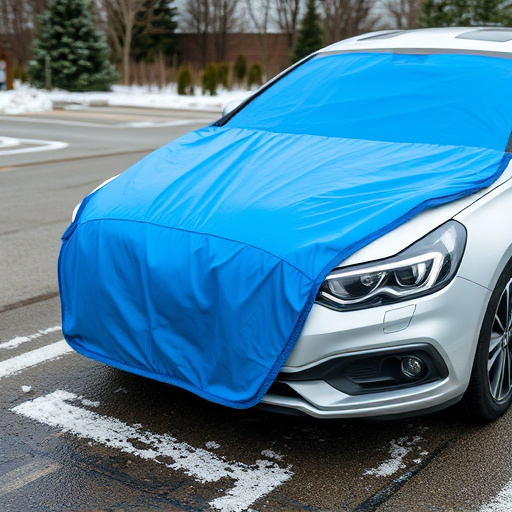
The science behind glass ceramic coating’s durability enhancements is multifaceted. This advanced material is composed of a unique blend of glass and ceramic particles suspended in a polymer matrix. This combination offers superior strength and hardness compared to traditional coatings, making it highly resistant to scratches, chips, and other forms of surface damage. The structure of glass ceramic coating allows for better flexing and absorption of impact energy, preventing the kind of structural degradation that can occur with ordinary finishes.
Furthermore, its ability to withstand extreme temperatures—from heat-intensive industrial processes to cold weather conditions—is a testament to its durability. The ceramic component provides excellent thermal stability, while the glass component contributes to its exceptional clarity and transparency. When applied as a protective layer over vehicles or other surfaces, this coating not only enhances aesthetics with its glossy finish but also ensures the underlying material remains intact for years, reflecting the excellence of premium automotive services and professional PPF installation. Its durability is particularly notable when compared to traditional paints, making it a preferred choice for those seeking long-lasting protection through custom graphics applications.
Practical Applications: Unlocking Longevity in Various Industries
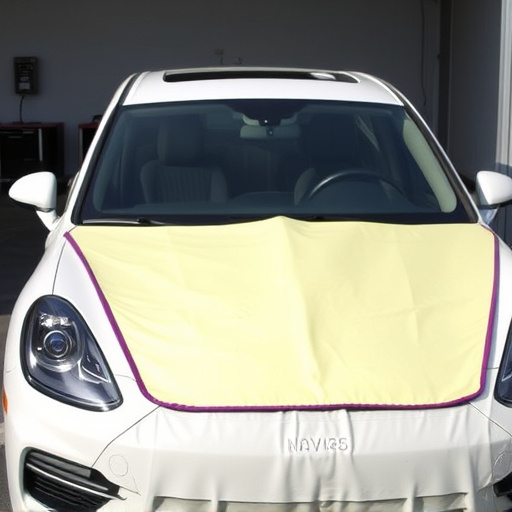
The practical applications of glass ceramic coating are vast, spanning multiple industries where durability and protection are paramount. In automotive sectors, for example, it serves as a superior vehicle protection layer, enhancing the longevity of paint jobs and safeguarding against environmental factors like UV rays and heat rejection. Professional PPF (Paint Protection Film) installation techniques further optimize its benefits, ensuring optimal surface protection for cars, trucks, and other vehicles.
Beyond transportation, glass ceramic coating finds utility in architecture and construction, where it’s applied to windows and facades to improve durability and energy efficiency. Its ability to withstand extreme temperatures and reject heat makes it a valuable component in sustainable building practices, contributing to reduced energy consumption. In everyday life, these coatings are also increasingly used on kitchen appliances, electronics, and even sporting equipment, showcasing their versatility and effectiveness in unlocking longevity across diverse sectors.
Glass ceramic coating emerges as a game-changer, offering unparalleled surface durability and enhancing longevity across diverse industries. By harnessing the unique properties of this advanced material, manufacturers can achieve robust protection against wear, corrosion, and environmental factors. The science behind its effectiveness is a testament to the intricate balance of glass and ceramic components, resulting in exceptional strength and resilience. As we’ve explored, practical applications range from high-performance kitchenware to industrial equipment, demonstrating the versatile benefits of glass ceramic coating.
